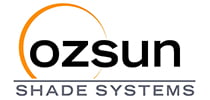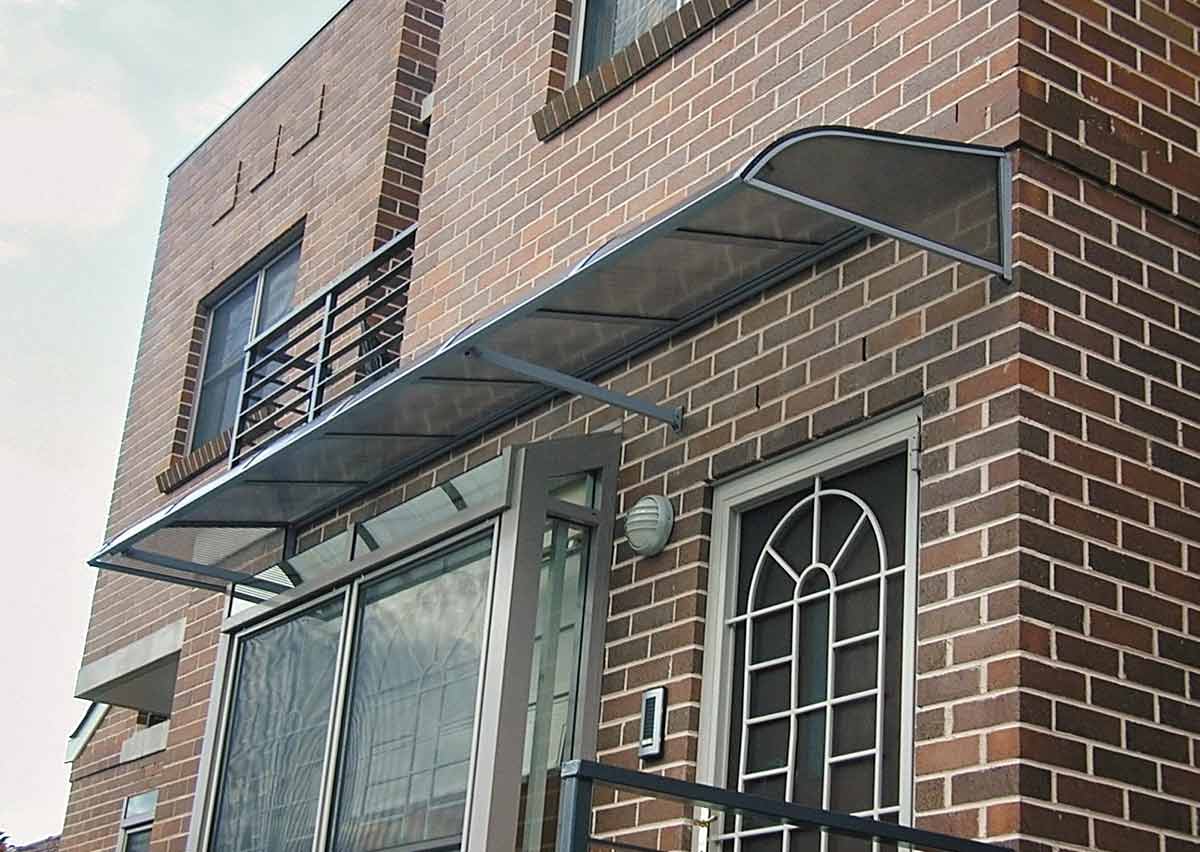Choosing the right awning for your residential or commercial building can be overwhelming. There are so many choices and considerations you need to think about including the technical specifications.
“Determine what you would like your awning to do. Is it just to create shade or do you need rain protection as well. As soon as you know what type of functionality you are looking for you can start looking at different awnings and their technical specifications,” Peter Warner from Ozsun recommends.
Folding arm awnings are perfect if you are specifically looking to provide shade from the sun. They reduce heat and entry of light but have a limited wind capacity. Folding arm awnings have the option of either a full cassette or semi cassette as well as being either acrylic or mesh screen fabric.
“Folding arm awnings can be motorised or manual operation. If motorised an optional wind sensor can retract the awning if the wind is too strong. The size can vary from 2m wide to a maximum of 14 metre wide,” Peter explains.
Folding arm awnings are perfect for shading a balcony, patio area or courtyard as well as in commercial establishments such as pubs, clubs and restaurants.
“You need to be careful what you fix it to. Your consultant will assess the structure and seek further investigation if required,” Peter explains.
Then there are external blinds and window awnings, which are extremely energy efficient. External blinds control entry of light and UV rays as well as protecting the interior of your building from the sun. External blinds and window awnings can reduce entry of solar energy by up to 80% according to the CSIRO Division of Building and Research.
External blinds have a minimum width of 80cm and maximum width of 5m.
“External blinds are not a wind rated product and are not designed to act as wind barriers. They are perfect for shading balconies, large windows and also for enclosing patios,” Peter recommends.
The installation of external aluminum venetian blinds can drop interior temperatures by a whopping 10 percent and absorb between 60 and 90 percent of solar radiation.
“These blinds can span over five metres and are green star compliant,” Peter says.
If you are looking for something to mount above glass and pergolas the external sunroof is perfect. The external sunroof is a sunshade conservatory. They prevent heat reaching into the building and have a medium wind tolerance.
“The external sunroof varies in size depending on the manufacturer and come in either acrylic or mesh fabric,” Peter explains.
A light weight but robust solution is the self-supporting pergola. Although light weight it reflect and absorbs harmful UV radiation.
“This products requires aluminum posts and is ideal when there is no pergola or existing structure,” Peter says.
All awning fabrics regardless of which awning you choose are developed for outdoor weather conditions.
Ozsun has over fifty years experience in blinds and awnings. If you need sound advice coupled with competitive prices Ozsun is the place to go.

